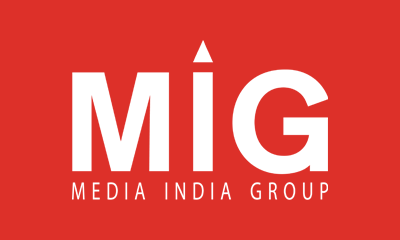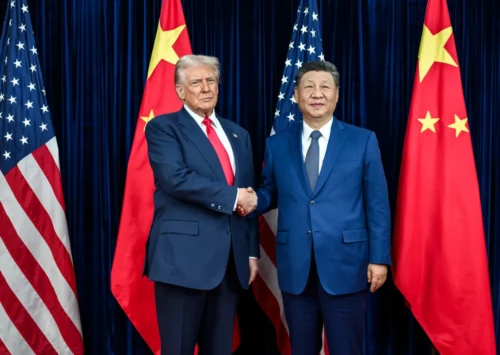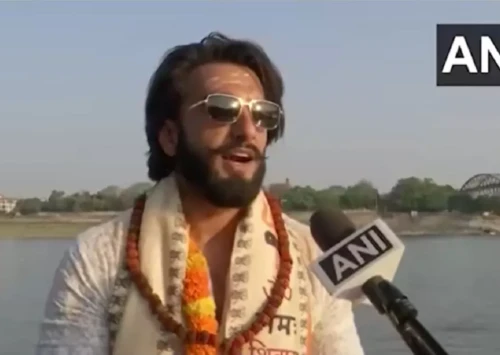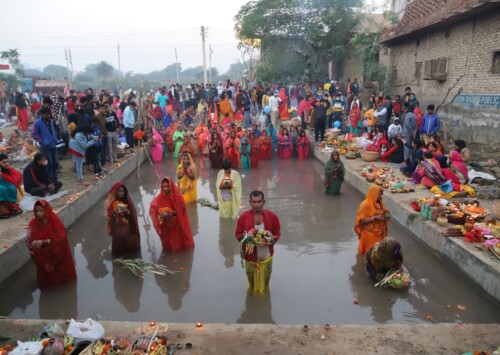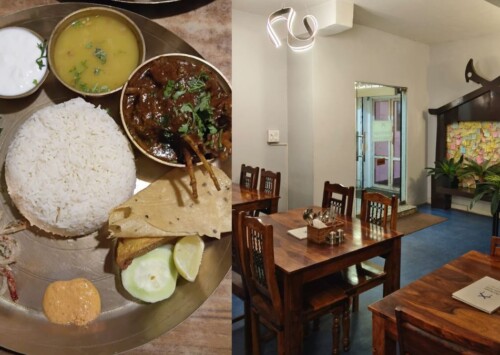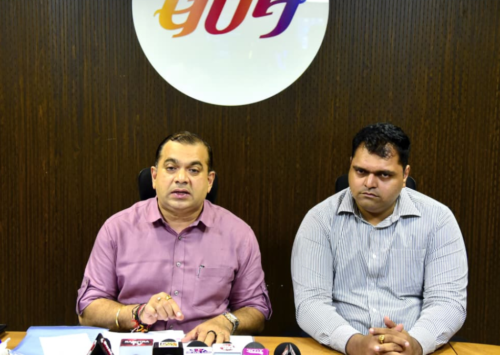In 2025 cinema, OTT redefine storytelling and audience engagement
Regional hits power box office, as Bollywood battles big-budget flops
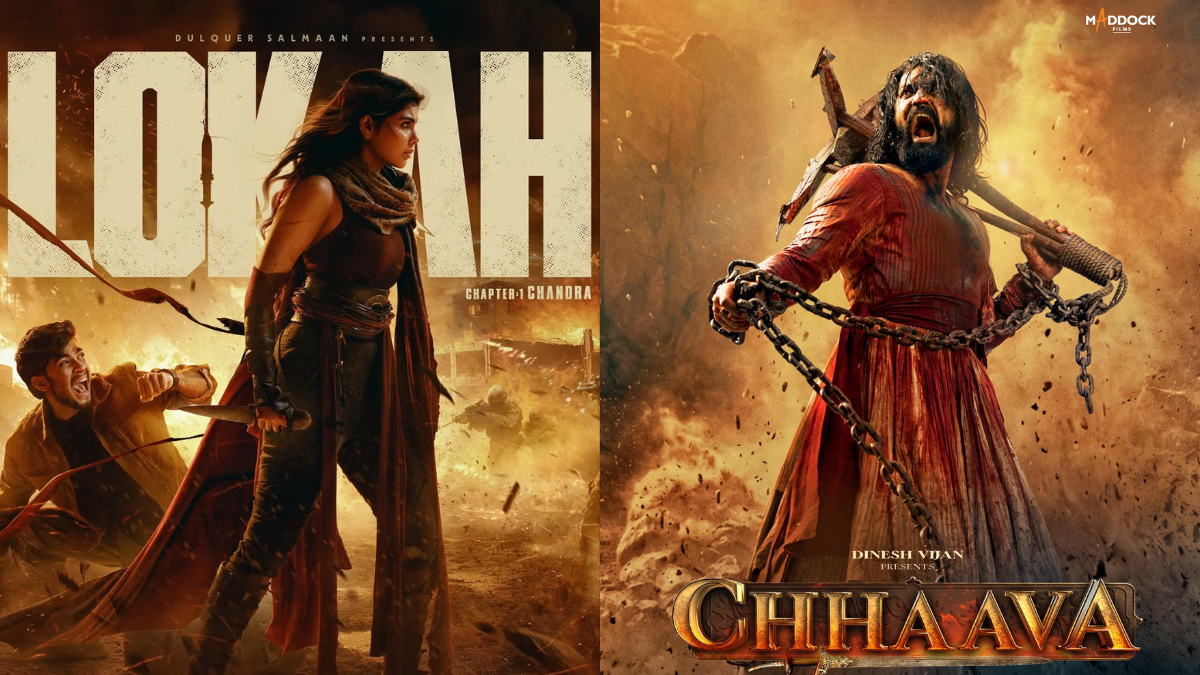
Theatres buzzed with pan-Indian hits spanning multiple languages, while OTT platforms delivered memorable experiences
In 2025, facing continued onslaught of OTT originals, Indian cinema has seen a blend of theatrical blockbusters, with regional stories thriving and Bollywood flops proving audiences now prioritise originality, strong narratives, and authenticity over star-driven spectacles.

Theatres buzzed with pan-Indian hits spanning multiple languages, while OTT platforms delivered memorable experiences
Indian cinema in 2025 saw a vibrant blend of theatrical blockbusters and releases on Over The Top (OTT), each contributing significantly to the entertainment landscape and audience conversations nationwide. Theatres buzzed with pan-Indian hits spanning multiple languages, while OTT platforms delivered memorable experiences with star-studded, inventive movies, often bridging the gap between regional and mainstream audiences.

On the theatrical front, Chhaava, directed by Laxman Utekar, became an undisputed box office phenomenon, grossing nearly INR 7.98 billion worldwide. This historical drama featuring Vicky Kaushal emerged as the highest-grossing film in Utekar’s career, receiving acclaim for its powerful narrative and commanding screen presence. Meanwhile, Saiyaara from Yash Raj Films, directed by Mohit Suri, earned INR 5.79 billion in Hindi markets, becoming a major commercial success.
South Indian titles also made significant waves, with Kantara Chapter 1 in Kannada and dubbed in Hindi, directed by Rishab Shetty crossing the INR 1 billion mark, and multi-language Mahavatar Narsimha, directed by Ashwin Kumar, garnering INR 2.48 billion.
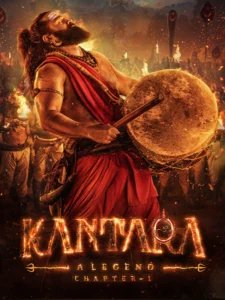
Malayalam cinema delighted critics and audiences alike, particularly with Lokah Chapter One, directed by Dominic Arun, which, alongside Tourist Family, stood out for its emotional depth and unique narrative style, receiving IMDb ratings of 8.1 and 8.2 respectively. These films collectively showcase the rich diversity and growing commercial impact across India’s regional and mainstream cinematic landscapes.
Despite notable successes in 2025, Bollywood faced several disappointments at the box office. Abhishek Kapoor’s Azaad earned a modest INR 76 million, Sonu Sood’s directorial debut Fateh collected INR 200 million, and Kangana Ranaut’s political drama Emergency that she both directed and starred in, portraying former Prime Minister Indira Gandhi grossed INR 205 million. Shahid Kapoor’s action film Deva directed by Mudassar Aziz earned about INR 339.7 million, while Mere Husband Ki Biwi, directed by Mudassar Aziz and starring Arjun Kapoor and Bhumi Pednekar, garnered only INR 122.5 million.
These underwhelming performances were mostly due to predictable storylines and audience disconnect. The flops underline a vital lesson for the industry, star power alone cannot guarantee box office success, making compelling storytelling paramount to truly engage viewers and translate celebrity status into commercial triumph.

In the year, the OTT platforms emerged as powerful disruptors and complementors to traditional cinema in 2025, offering an extensive array of genres, language options, and faster access to new releases. Among the most celebrated OTT originals and digital-first releases was Netflix’s Telugu action thriller Kingdom, directed by Rajasimha Tadinada, praised for its intense patriotic plot and Vijay Deverakonda’s gripping performance.
Amazon Prime Video streamed Thalaivan Thalaivii, a multilingual romantic comedy directed by M Rajesh, which charmed audiences with its quirky government training camp romance starring Vijay Sethupathi and Nithya Menen. The Malayalam superhero fantasy Lokah Chapter 1 Chandra, directed by Dominic Arun, debuted on Netflix and was lauded for its world-class VFX and Kalyani Priyadarshan’s empowering lead role. Love Marriage, a Tamil film on Amazon Prime, is an emotional drama directed by R K Sankar, resonated deeply with viewers for its realistic depiction of family and modern love. Hindi OTT movies like Metro In Dino on Netflix, directed by Anurag Basu, drew acclaim for its multi-narrative structure, star ensemble and musical depth, highlighting the growing diversity and creative storytelling flourishing on OTT platforms in India
OTT platforms also brought fresh sequels, spin-offs, and genre experiments to audiences Amazon MX Player launched Hunter 2, a cop thriller, while Netflix’s Mandala Murders blended mythology and crime, and Prime Video revived horror-thriller excitement with Chhorii 2. Several former theatrical hits like Chhaava, Coolie, and War 2 shifted to digital, extending their reach and lifespan. Recurring releases, including popular Malayalam films like Maranamass and Tamil films such as Sumo, Nesippaya, Gangers and Jack, were made available in dubbed versions across platforms, broadening access across linguistic boundaries.

OTT platforms have also democratised content creation. Independent filmmakers now reach global audiences without relying solely on big production houses. This has encouraged diverse storytelling and regional language content, broadening viewer options far beyond mainstream Bollywood. According to the survey, Netflix remains the most popular OTT platform, followed by Disney+ Hotstar and Amazon Prime Video, with preferences shaped by content variety, fewer advertisements, and a smooth user experience.
OTT platforms have significantly influenced viewer habits in India, offering comfort, convenience, and affordability compared to traditional cinemas. Audiences appreciate the flexibility to watch anytime, pause at will, and enjoy movies from home, while still valuing the immersive big-screen experience for visually spectacular films. This shift has made cinema going less frequent but more selective, with viewers relying on ratings and reviews to decide viewing modes. Streaming services have also democratized content access and creation, fuelling diverse storytelling that resonates with regional and mainstream audiences alike, shaping a dynamic and inclusive future for Indian cinema.
“I prefer watching new releases on OTT because it is more comfortable and convenient. A movie is worth going to the theatre only if it offers big visuals or strong emotions, like action-packed or historical films. Otherwise, OTT is enough for me. The comfort of home gives a better experience I can watch anytime and pause whenever I want. Subscription fees also offer better value for money compared to expensive cinema tickets. I usually decide based on convenience. If a movie is easily available on OTT, I do not wait for the theatre release,” Manoramo, 34 years old resident of North Delhi tells Media India Group.

“Sometimes, I watch the same movie twice, first in the cinema and later on OTT for comfort. Cinema halls can never fully compete with OTT because OTT is more flexible and affordable. I also enjoy sharing my movie experiences online, recommending shows or films I liked on OTT. Looking ahead, I see myself watching more on OTT rather than going to cinemas,” she adds.
“My choice between cinema and OTT depends on the actor and story. I decide where to watch a movie by checking IMDb ratings and reviews. Overall, OTT platforms have reduced my cinema visits to just a few times a year because streaming is more feasible and handy. While big screen viewing offers a unique experience, I find value in the comfort of watching movies at home, especially on my TV,” Pawan Kumar, a 40 year old resident of Uttrakhand, tells Media India Group.
“I don’t typically share my movie experiences online, but if a film is easily available on OTT, I prefer watching it there rather than waiting for the theatre release. In the future, I see myself watching more content on OTT platforms, mainly on TV, as the convenience and affordability outweigh going to cinemas, which simply can’t compete with the flexibility OTT offer,” he adds.

“I always decide whether to watch a film in the cinema or wait for it on OTT based on the content. If the story is powerful and promises visual spectacle, I prefer the theatre experience since the big screen creates a magical atmosphere and immersive energy. A movie deserves the big screen when it offers more than just good narrative cinematic visuals, sound, and performances that bring the film to life in ways home viewing cannot replicate,” Waseem Malla, a 34 year old Delhi based media researcher, tells Media India Group.
The critical trend has been the strengthening of digital platforms as equal players alongside theatrical releases. Streaming services facilitated the rise of compelling regional narratives, heightened genre variety (action, comedy, thriller, fantasy, romance), and faster access to movies post-theatre run. Bollywood’s flops highlighted a shift in consumer priorities audiences demanded originality and connection, not just star power. Regional cinemas continued to thrive by championing local stories, new genres, and strong performances.
